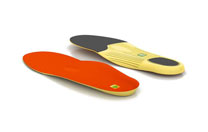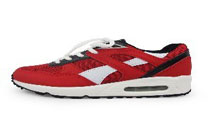Gel is a solid, jelly-like material and a special dispersion system. It has no fluidity and often contains a lot of liquid inside.
Gels can be divided into elastic
gels and brittle gels. After the elastic gel loses the dispersion medium, the volume shrinks significantly, and when the dispersion medium is reabsorbed, the volume re-expands, such as gelatin, etc .; when the brittle gel loses or reabsorbs the dispersion medium, the shape and volume do not change, such as silica gel, etc.
Elastic gel: It refers to a type of gel that shrinks a lot after drying but still maintains elasticity.
Brittle gel: It refers to another type of gel that does not shrink much after drying but loses its elasticity and is brittle.
The elastic gel remains elastic. Muscle, skin, blood vessel wall, and cellulose that makes up the plant cell wall, etc. , most brittle gels are inorganic gels, and their mesh structure is strong and not easy to stretch. Silica gel, aluminum hydroxide, etc. are widely used as adsorbents. Gel is often used as a gel insole for hiking boots. The gel insole for hiking boots absorbs sweat from the soles of climbers.
When the dried elastic gel is put into an appropriate solvent, it will automatically absorb the liquid and swell. This process is called swelling. Brittle gels do not have this property. In the physiological process, swelling plays a very important role. The organism is younger,and the swelling ability is stronger. As the organism aging, the swelling ability declines.


